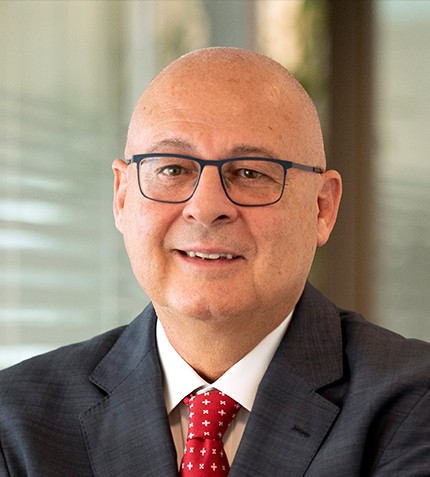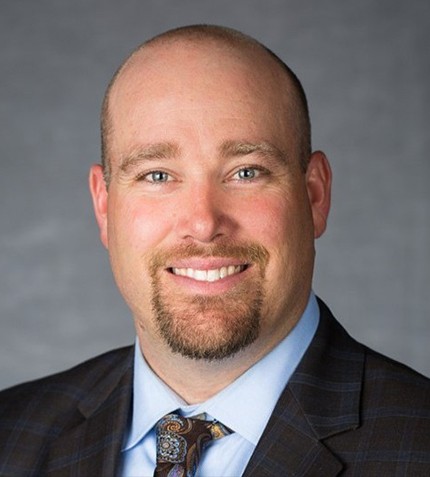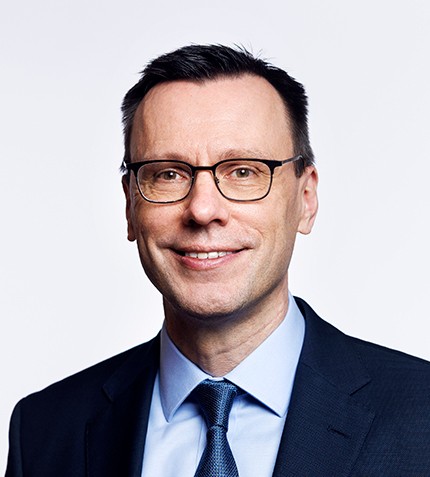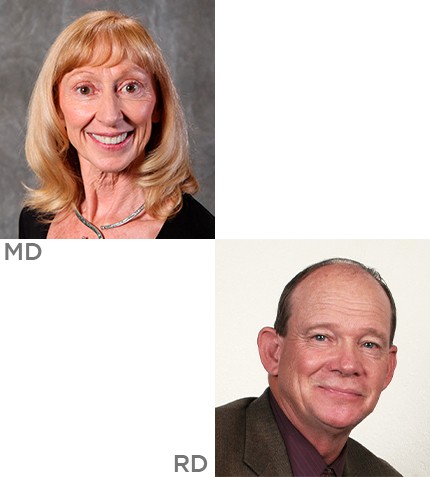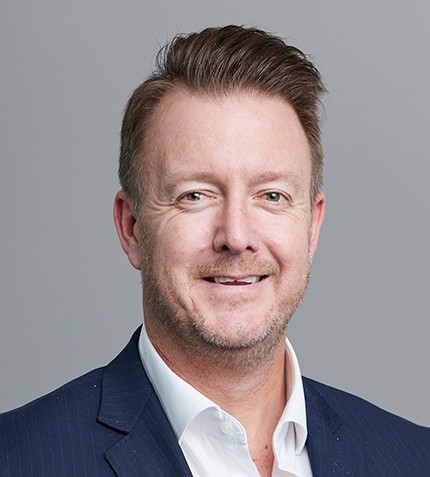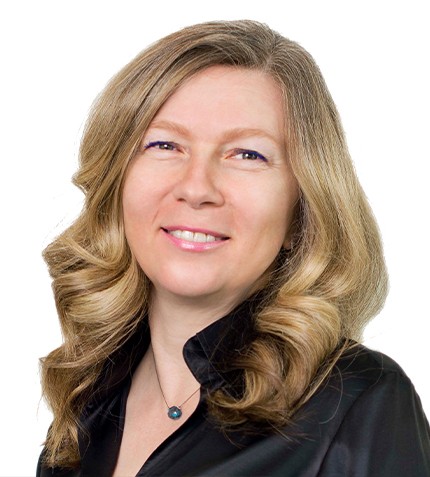
"We spent the past two years developing closer connections to our clients, vendors and clinical partners on a global scale."
Olga Potapova
FOUNDER, CEO & SCIENTIFIC DIRECTOR, CURELINE
Could you bring us up to speed on Cureline’s operations throughout the pandemic into present day?
Our business operations became virtual during the pandemic, which resulted in accelerated company growth. With our effective small management team in California, we were able to expand our clinical network members abroad and conduct more projects in 2021. We expanded our operations in Ukraine and Serbia, increased our operational efficiency in Argentina, standardized operations in India, and continued working with our Chinese colleagues on projects related to the Chinese population. Overall, we spent the past two years developing closer connections to our clients, vendors, and clinical partners on a global scale.
Cureline always focused on people and technologies. In the past we have established and successfully grown Cureline BioPathology, a translational histopathology laboratory. Since 2019, Cureline Molecular Services, our San Diego-based company, offers cellular and molecular biology services that complement our HBS biorepository and histology laboratory in San Francisco.
Starting clinical operations in the EU in 2021 resulted in developing major research collaborations, developing unique metastatic tumor animal models and building a CRO working on advanced medical technology products (AMTP), including cell and gene therapy. Expanding into this fast-growing market aligns with our focus on making Cureline an outstanding Global Translational CRO.
What types of customers does Cureline work with?
Cureline’s geographical expansion efforts deepened the company’s client base, which historically includes over 700 accounts since 2003 and 50+ new client companies annually. In addition to pharma companies, we also work with US-based universities including UCSF, Harvard, Berkeley, and Stanford as well as government institutions (NIH, FDA). In general, our clients choose to work with Cureline over bigger service providers due to our excellent understanding of science, collaborative project management, and attention to detail, especially with complex projects.
How does the increased use of AI impact demand for Cureline’s biospecimen products?
The use of AI in data analysis will expand significantly to improve early detection across a variety of diseases, as it has in oncology. Unlike tech companies, however, the biomedical field has yet to fully capitalize on advances in AI and machine learning that can combine the specimens, conduct populational studies, and develop predictive models to understand the best and most economically viable approach. In the past year, we completed over twenty large projects for companies seeking to deploy the power of AI in this space.
Could you describe how Cureline Molecular Services (CMS) facilitates precision medicine programs?
CMS was established to facilitate genetic and biochemical characterization of biospecimens and provide drug screening and toxicology services using cell-based and 3D tissue-based assays for preclinical studies. Clients with limited access to technology use a broad spectrum of cell-based and molecular assays developed at CMS to outsource services and scientific projects. We help mid-size companies and virtual start-ups to process collected human biospecimens, isolate viable cells, nucleic acids and proteins, and to generate extensive data for development of their products internally. CMS is also a local service provider for firms specializing in animal studies. Such projects require localized assistance to help deal with complex logistics and the task of sending samples abroad.
Ultimately, the plan is to make CMS a laboratory that can provide consumer services where patients can obtain personalized medical data, including genetic and immune landscape profiling, and individual longevity products testing. The tests would help to predict therapeutic outcome and monitor response to treatment, drug effects, responses to antiviral drugs, or overall health. This ability to survey the overall landscape in metabolomics, proteomics, and immunomics could be the future of our molecular services. We aspire to work with clients who develop such products and members of the public who wish to learn more about their health.
Beyond oncology, which therapeutic areas have you been tracking?
Autoimmune diseases are the second biggest field after oncology, which is due to several reasons including the environment and stress. The inherited diseases field is also growing quickly with the intervention of new technologies like CRISPR gene editing. This informs our desire to build a CRO to work with AMTP clinical trials. Additionally, the pandemic has illuminated the growing prominence of infectious disease research and the imperative to develop vaccines effectively. Growth in different therapeutic areas will inevitably drive growth for Cureline as well, and we are excited about the prospect of increasing the number and variety of customers we are able to assist in bringing novel drugs and diagnostic tests to patients.




